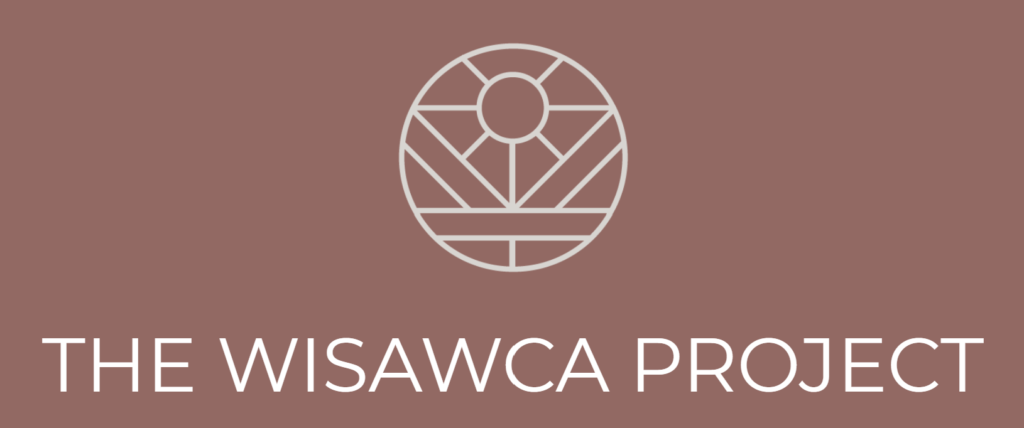
One of the little-known epidemics of violence involve Indigenous (American Indian and First Nations) women in the United States and Canada. They are disproportionately victims of violence from both known and unknown attackers for a variety of reasons, not the least of which is their status – on multiple levels – as minority outsiders often under the jurisdiction of alternate legal and law enforcement systems, making them particularly vulnerable to sexual assault and murder. It’s an area a lot of people don’t know much about, and if you want to find out more, the most useful search term to start with is “MMIW.”
As with all populations where you find many victims, though, strong advocates also emerge. There’s an intersection of knowing, viscerally, the dangers that come with being part of a targeted group, and of becoming inspired to not accept what may otherwise seem possible, likely, even inevitable. Today, I discovered Kola Shippentower-Thompson (IG@kolashippentower) and her creation of the Wisáwca Project. It’s aimed specifically at Indigenous women but it’s applicable to all women – all people, really. What I really love about it is that it’s empowering in the sense of helping you to draw on yourself and your own resources to create your own practical plan for safety from people you know and people you don’t know. More, it doesn’t stop at thought exercises and weapons recommendations, and instead includes specific guidance about how to do things that can have real impact on your survival. The project centers around a detailed worksheet that serves as both a record of your research and thinking, as well as the specific safety steps that you will take.
It starts with making you decide who the key people in your life are, and having conversations with them about how they can help you if you may be in danger. That can seem like an insurmountably difficult first step if you already feel isolated and lonely. You may have to dig deep to find that person, or take a leap of faith and ask someone if they’ll be that person for you even if you aren’t sure. You may have to settle on someone who you can trust with parts, but not all, of the details in your worksheet and safety plan. Here’s a secret though: that’s okay. Coming up with the courage to ask is part of finding and developing those bonds with an inner circle who will support you. Sometimes you won’t make the best of choices in who to include, but sometimes you’ll also be surprised by who was just waiting for you to open up to friendship. And even if you don’t have somebody just yet, that’s okay too. Completing a safety plan will still be a valuable exercise.
It includes a number of topics for you to think about, so that you can do a little of what Dr. William Aprill would have called pre-need decision-making. See, what a lot of us miss is that it’s not always about figuring out when and how to respond to an imminent attack or use a weapon. Sometimes, it’s about figuring out an alternate route home because of standstill traffic or knowing a different grocery store to shop at because you see what looks like your violent ex’s car in the parking lot. Sometimes it’s about already having systems and technology in place to remind you of important things, or to alert you to or record potentially problematic situations. After all, who wants to be looking up the number for local emergency services when 911 doesn’t work? And who doesn’t wish they had a recording of their nasty neighbor harassing them?
It also gives you a place to record some of your secrets: where you go to hide out, who is the greatest known danger to you even if the rest of the world thinks you’re happy and safe, how to get into your electronics or social media so that if you disappear, someone can dig into the clues of where you might have gone. It requires so much trust to tell even your very best friends this kind of information, and I can completely understand why you might not want to. So here’s an idea: write it all down anyway, and seal it up in an envelope to open in case of emergency. Maybe even keep the envelope, or a couple copies of it, somewhere safe and findable if you do disappear. You can tell your trusted contact where it is so they can get to it, but maintain control for now over the actual contents. Either way, remember to update those secrets when necessary.
Kola has a goal of reaching 5,000 individuals with the Wisáwca Project this year, but I think we can help her go far beyond that. Sign up here for the worksheet: https://enoughizenough.regfox.com/the-wisawca-project. Share it with a friend. Maybe make it a group project that each of you will commit to complete, and share with each other.




